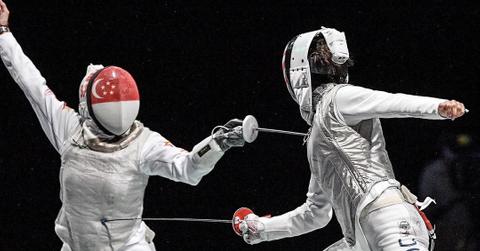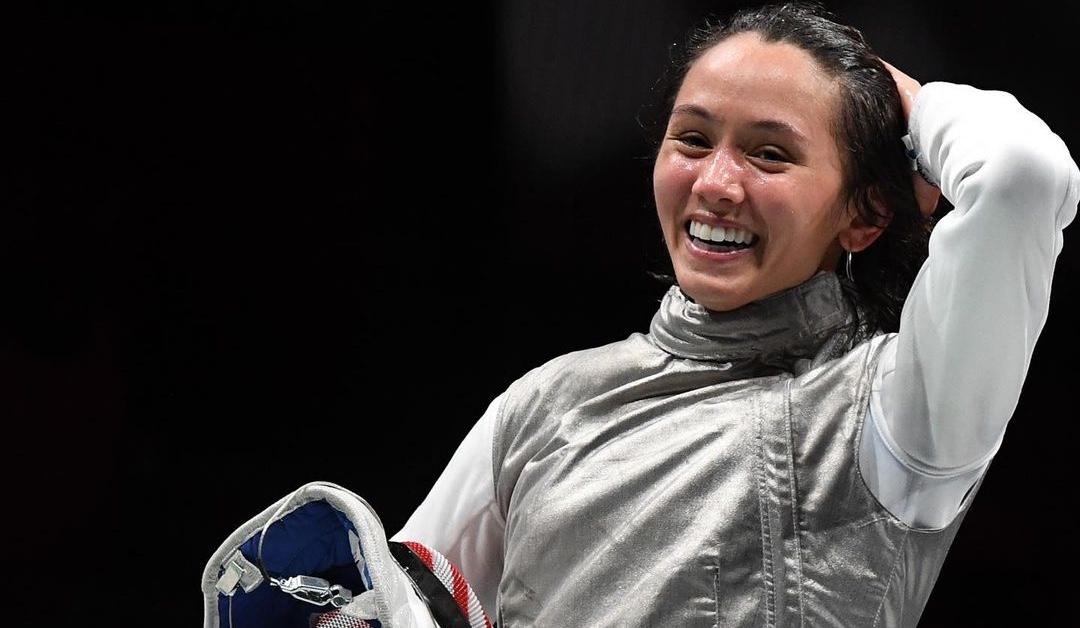Why Do Fencers Bend Their Swords? Historical Context Is Key
Published Aug. 1 2021, 2:26 p.m. ET

The art of fencing is alive and well at the Tokyo Summer Olympics. Arguably one of the most ancient sports, fencing is commonly associated with Zorro and knights of old. However, fans of the sport and curious audience members want to know why fencers bend their swords.
Read on for all the details about why fencers bend their swords and more.
First, a brief history of fencing.
For anyone interested in the sport but unsure how it came to be, the official Olympics website has you covered. There has been evidence of sword fights as early as 1190 BC, and this tradition continued into the 18th century globally. While fencing started as military training, there's also evidence of it becoming a sport in Germany and Italy during the 14th and 15th centuries.
Germany was also where the first fencing masters organized guilds, but it was Domenico Angelo of 18th-century Italy who is credited with popularizing the sport and teaching it at his fencing academy in England. The sport first appeared at the Olympic Games in 1896 after the British Gymnastics Association drew up official rules and regulations, and the rest is history!
Fencing equipment is highly important for the safety of the sport. All fencers must wear masks and neck bibs after an accident in 1982 where a fencer was accidentally killed by a broken blade. Masks are stainless steel and routinely tested for safety. All fencing masks must pass a 26.6 lb "punch test" at the World Championships and the Olympics.
So, why do fencers bend their swords?
Rapier flexibility has evolved over the years for one simple reason: Brittle blades don't win fights. Key fencing moves such as the parry, where you redirect an opponent with your blade, almost require blades to have a level of flexibility to avoid breaking. Blades do have an inflexible section, but this is counterbalanced with a more yielding section.
Thankfully, blades breaking in half is more of a thing of the past now that metallurgy has advanced with the times. Three disciplines within fencing require different blade balances, but the most flexible blade is required for "foil," which is the modern evolution of the original sport from the 18th century. The two other disciplines are "epee," a descendant of the dueling sword, and "sabre," which is more of a cavalry sword.
This year's U.S. Olympic fencing men's team has been the source of controversy after athletes took a stand against their teammate Alen Hadzic, who has been accused of sexual misconduct. However, it's fencers who are also paving the way forward to speak out against assault in the sport, and hopefully, an investigation is put forward so the victims of the accused may begin to heal.
